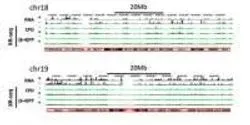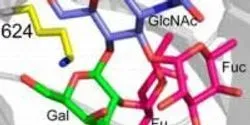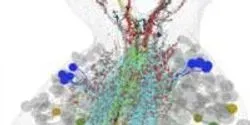Life Science

The University of California, Davis, and HM.CLAUSE have partnered to open a business incubator that will help advance regional innovation in the life sciences. To celebrate this unique collaboration, a launch event was held on Thursday, May 7, at the new innovation center in south Davis.
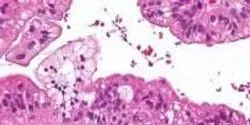
Researchers at the Virginia Bioinformatics Institute of Virginia Tech have discovered new possibilities for detecting ovarian cancer using microsatellite variations.
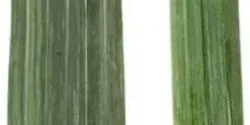
The switchgrass exhibited mosaic symptoms—splotchy, discolored leaves—characteristic of a viral infection, yet tested negative for known infections. Deep sequencing, a new technology, revealed the plants were infected with a new virus in the genus mastrevirus, the first of its kind found in North America.

Kyle Lampe, an assistant professor of chemical engineering in the University of Virginia’s School of Engineering and Applied Science, is growing cells in three-dimensional hydrogels, an environment closer than petri dishes to how cells grow on their own. He can control the hydrogel’s softness or stiffness, and by raising the cells in a three-dimensional solution, the cells react more closely to how they would in nature

Lysosomes are the garbage disposals of animal cells. As the resources are limited in cells, organic materials are broken down and recycled a lot — and that’s what lysosomes do. Detecting problems with lysosomes is the focus of a new set of fluorescent probes developed by researchers at Michigan Technological University. The Royal Society of Chemistry published their work in January.




